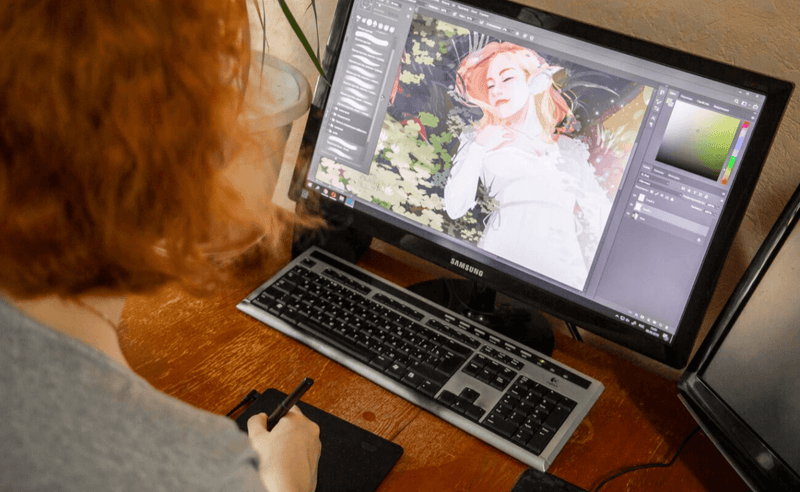
This publish is extensive overdue! I know I have promised to movie my coloration mixing with liquid watercolor for quite some time. The reality is, mixing this medium is not as uncomplicated as mixing tempera paints. It is considerably from an specific science. Aspect of that reason is that liquid watercolors are incredibly concentrated so not only does a minimal go a lengthy way, but they are all incredibly dark and search related so it is just harder to gauge the colour you are generating. An additional cause this has taken a when is that I don’t typically mix a full batch of new hues at when. I normally just fill in when essential. But I eventually shot the online video and place it all together for you!
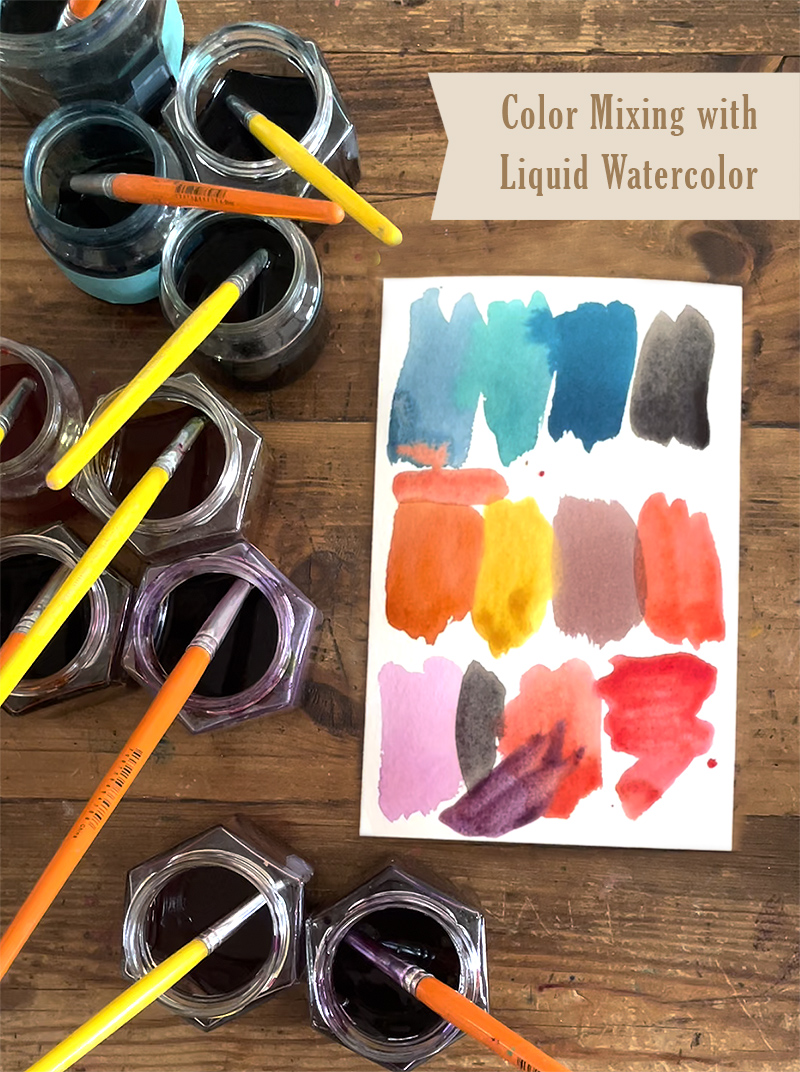
[ I am a participant in affiliate programs designed to provide a means for bloggers to earn small fees at no cost to you by linking to Amazon.com and affiliated sites. ]
Guidelines on employing Liquid Watercolor
~ I purchase Blick since I like their coloration decisions, and their hues are incredibly concentrated. They last more time in my look at. But truthfully any liquid watercolor will work! Get the 8oz measurement.
~ Liquid watercolor bottles have a tendency to leak from the leading when working with the spout, so I just take off the major and pour when mixing hues.
~ You do not will need to expend a great deal of income on liquid watercolor. You can just buy 7 essential shades to make each other shade: red, blue, yellow, inexperienced, purple, pink, black.
~ I retailer my liquid watercolor in a wide variety of jars. Some baby foods jars, some hexagonal jars I bought right here, and some jam jars. Just make positive the top matches tightly. The shades should past quite a few months, based on how normally you paint.
~ Have a cup of h2o helpful when mixing colours. Especially with Blick, you will want to dilute dependent on how deep or mild you want your colour.
~ Make a swatch card on watercolor paper with the completed shades. When it dries, minimize up little parts to tape to the lid and aspect of each individual coloration. This will help you know what the shade is within.
~ When working with a wide variety of colours at once for a venture, consider and put a brush in each colour, alternatively than moving a single brush from color to shade, which can rapidly contaminate the shades. Liquid watercolor is fewer forgiving than tempera in this way.
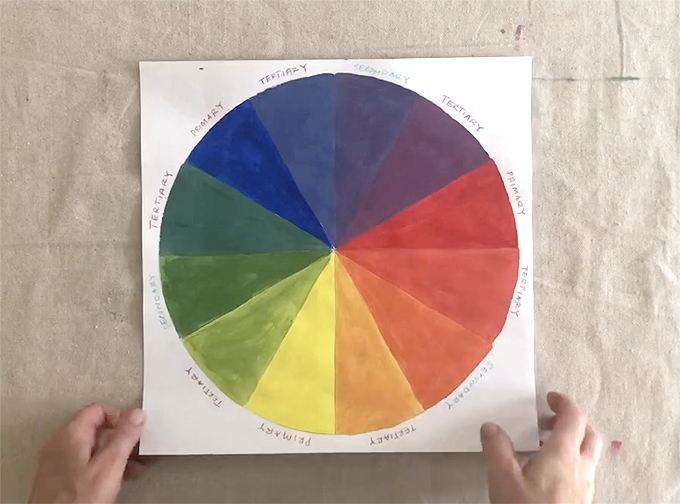
Notes on the Colour Wheel
~ As I have discussed in advance of in my Color Mixing with Tempera Paints article, and my Mixing Skin Tones article, all colours are derived from the 3 primary shades: red, yellow, and blue.
~ Secondary shades are the 3 colours that are created when mixing 2 primaries: orange (purple + yellow), environmentally friendly (blue + yellow), and purple (blue + pink).
~ Tertiary hues are when you combine 1 secondary with 1 major. This is when it will get exciting, and these are the colours are mix the most, like periwinkle (purple + blue), lime eco-friendly (eco-friendly + yellow), and magenta (purple + purple). Of system with tempera paint, you can use white (which I increase to every single color I blend) to lighten the hue and make even far more shades. There is no white in liquid watercolor, so I use drinking water to lighten a shade.
~ In this publish and online video, I mainly use the principles of complementary colours. Complementary hues are opposite each and every other on the coloration wheel: pink –> inexperienced, purple –> yellow, orange –> blue. To mute a shade, just include a fall of its complementary colour. This makes a a lot richer shade than just introducing brown or black, and produces refined undertones and variations that are even extra obvious with liquid watercolor.
Look at the Video clip!
I will admit this online video was not straightforward to make. My mixing approaches are so instinctual it can be difficult to describe. I also filmed it in Instagram manner, which is vertical, so justification the reality that I hold the bottles sideways. But I do imagine it will be practical to see my system. I blended a number of colors that I forgot to record, so scroll down to the base for notes on those people. Also, I did not combine any greens but you can apply the techniques I use here to mixing greens.
I’ve also written my notes on each colour beneath, so continue to keep scrolling if you prefer to examine relatively than observe!
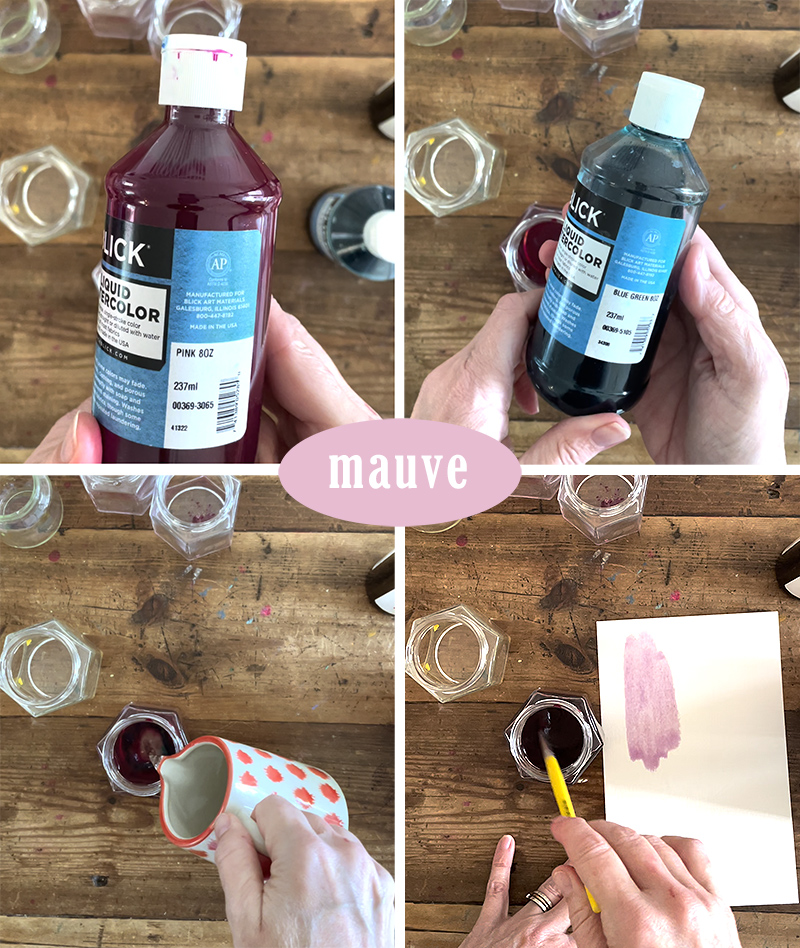
Mixing Mauve
Like with any color, there are quite a few methods to blend mauve. It’s a gentle pinky/purple, so I start with pink, insert some h2o, then incorporate some blue/inexperienced. Why blue/inexperienced and not just blue? With just blue, it would make lavender which is cooler than mauve. The inexperienced is an abnormal addition but my assumed is that I wished to mute the purple and considering that purple is definitely just pink + blue and green is red’s complementary shade, I went with the blue/inexperienced to try out it. It labored! It could have easily not labored. With tempera I would have employed pink, purple, a contact of yellow, and white – so a different way I could have blended this color with liquid watercolor is pink + purple + drop of yellow to mute the purple and h2o.
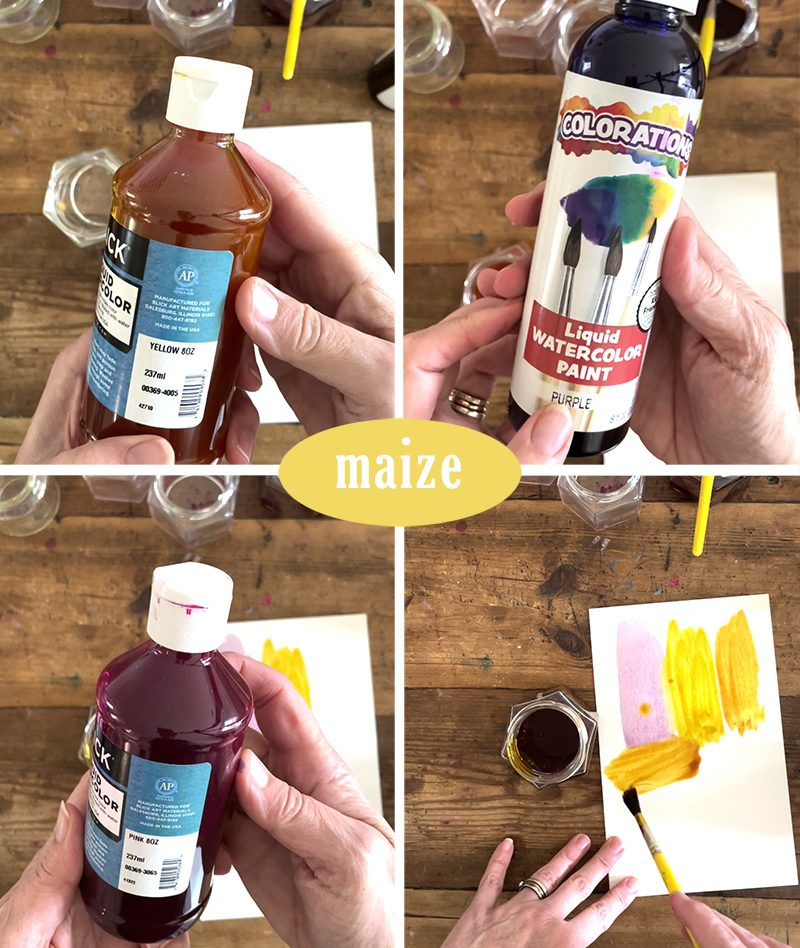
Mixing Maize
A person of my musts with liquid watercolor is to not use yellow straight out of the bottle (I feel the identical with tempera). I just can’s support always muting it a little bit. If you increase a fall of purple (its complementary shade) then it will mute the yellow and make a mustard color. To make maize, I also added a drop of pink just to heat it up a tad. I also extra a minimal water.
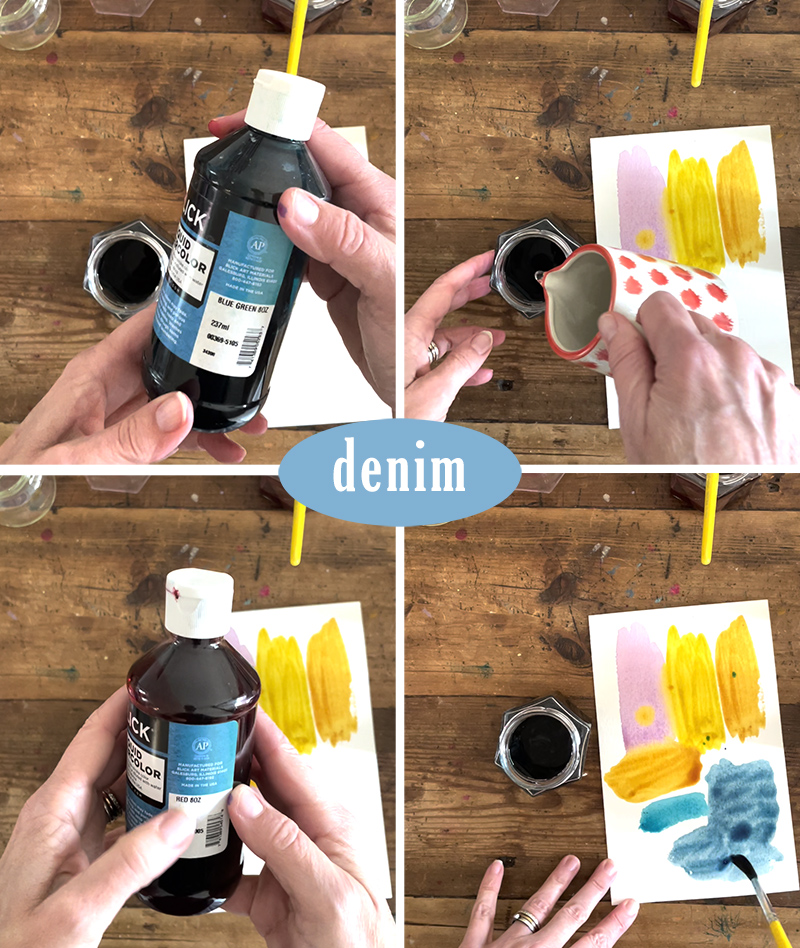
Mixing Denim Blue
For some cause I commit half my time mixing blues and teals with liquid watercolor. I don’t know why I have so quite a few shades, but it is almost certainly my obsession with the indigo shade, each in shibori and with solar prints. Below I desired to make a denim blue, which is a muted blue that is a tinge warmer. I begun with blue/green, extra some water, then added a drop of red (green’s complementary color). This labored! Plainly I really like the blue/green shade straight from the bottle, too. This is a single of the number of colours that I use devoid of mixing. Insert environmentally friendly to make it a lot more teal, yellow to make it extra turquoise, and pink of study course to mute. If you insert orange to the blue/inexperienced you start out having into the brown family.There are soooo quite a few diverse shades to make with this one particular bottle of blue/eco-friendly.
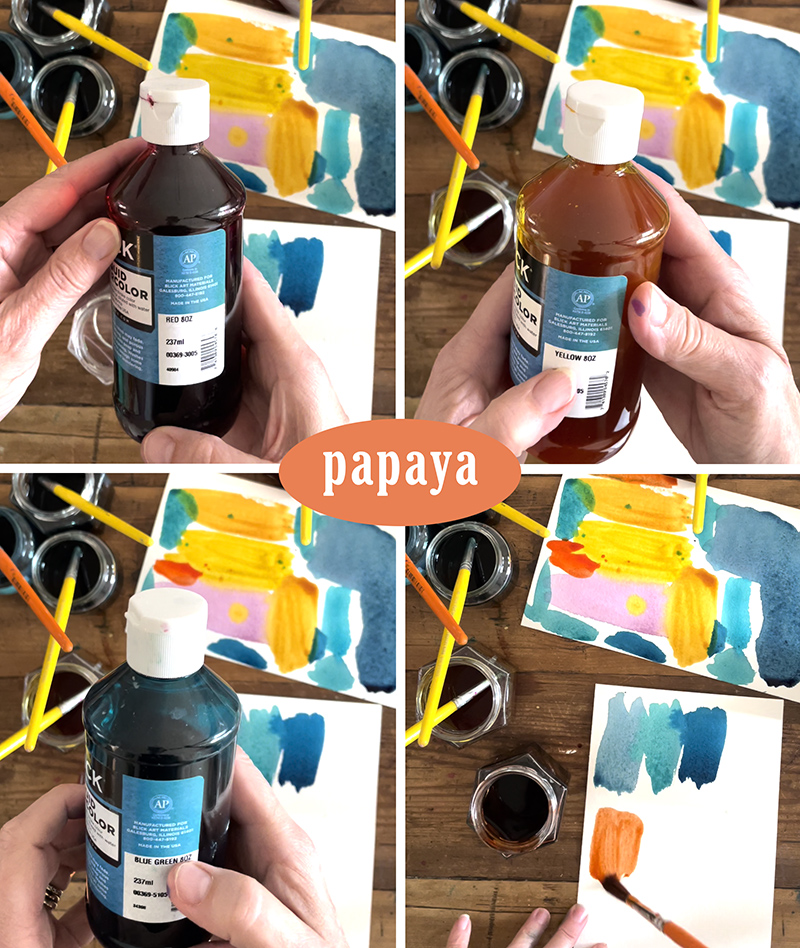
Mixing Papaya
I never adore making use of orange straight from the bottle. I love a more muted orange. Listed here I am heading for a muted reddish orange, which I call papaya. I do not have a bottle of orange mainly because it’s the best colour to mix. I start with red, a very little yellow, and some h2o and then I exam out my shade. I like the brilliant hue but I want to mute it somewhat, so I include a drop of blue/inexperienced and some far more h2o. I could just use blue to mute, which is orange’s complementary shade, but green is red’s complementary colour so why not check out the blue/eco-friendly to mute and see what occurs! All over again, there are so quite a few shades to make, and in the video I do enjoy all around with it somewhat as you can see in the subsequent swatches.
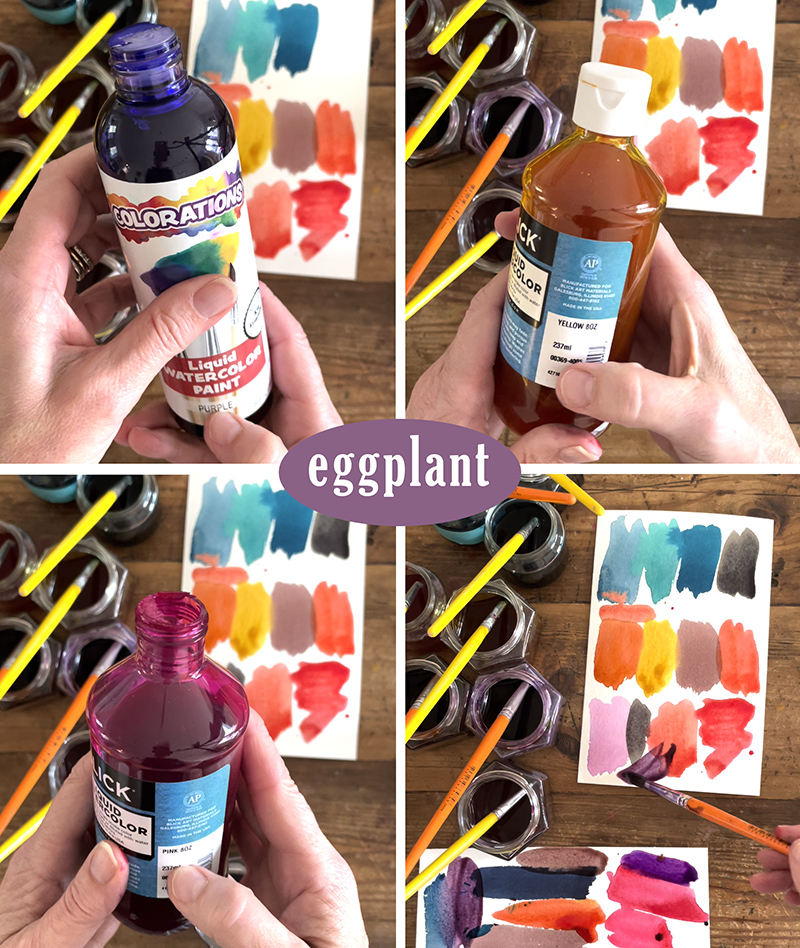
Mixing Eggplant
Purples are one more obsession of mine. I have several shades at all occasions. Listed here I want to make a muted purple which is quite effortless to do with just purple and yellow (complementary shades). But liquid watercolor is it is very own beast and often you just never get what you think you’ll get. In the online video you can see that mixing these two in the amounts that I did turned it charcoal. It was pretty odd, but that is what transpired. I tried once more and this time I additional a drop of pink. It turns out the yellow is really powerful, so I experienced to continue to keep including far more purple and pink to get the shade I wanted.
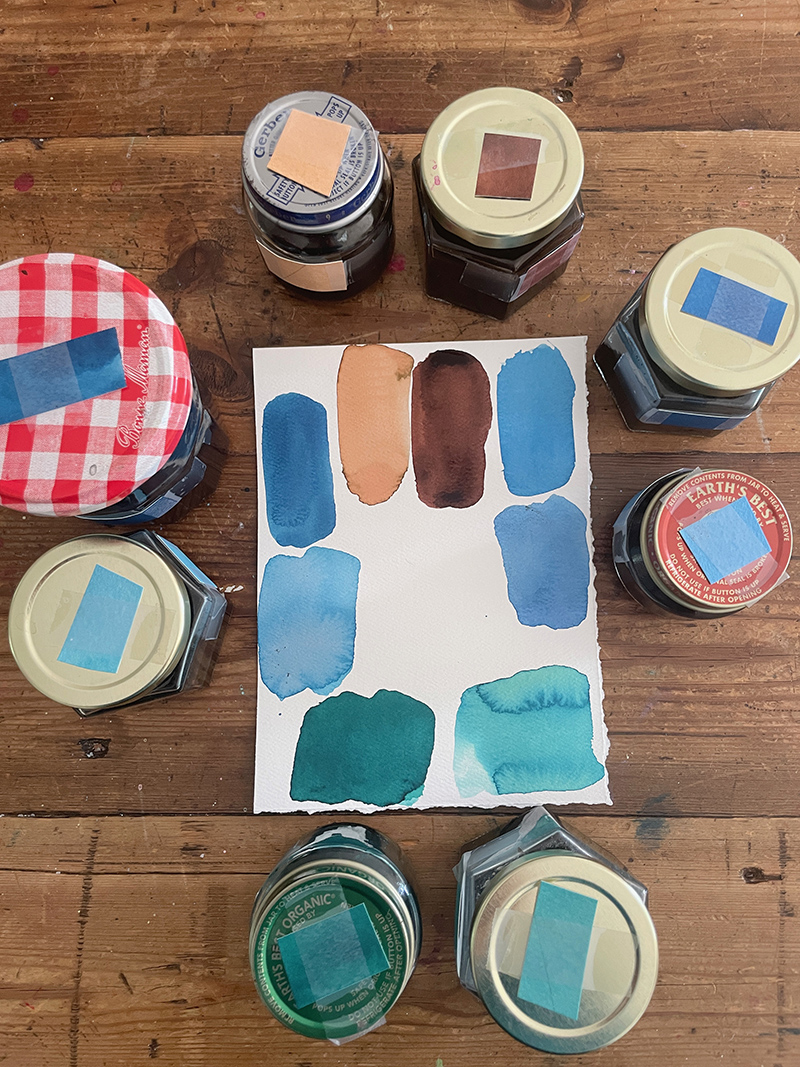
More Hues
I combined these on another working day but forgot to consider a video clip. Browns are rather simple to make, just blend 3 primaries or 3 secondaries (which in theory is nevertheless just 3 primaries). Then tweak it my including much more purple to make a reddish brown, or extra blue to make a cooler brown, and so forth. Then incorporate water to lighten the shades. The blues and teals I previously described over, but I just preferred to demonstrate you some much more shades. I imagine my fave shade of all is the teal on the bottom still left. Just so very good.
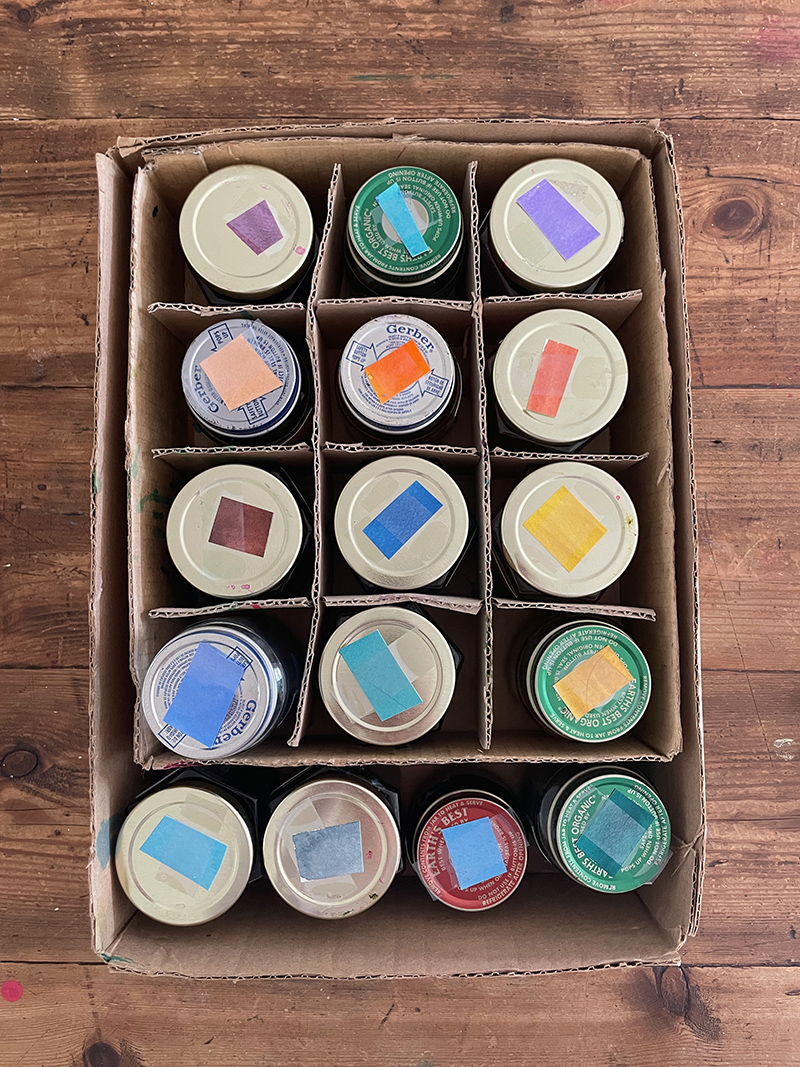
Storing Liquid Watercolor
And finally, below is a photo of how I retail store my jars. I continue to keep them in a closet. They keep actually properly this way and are uncomplicated to acquire out and put away. The separated boxes come with the hexagonal jars if you purchase them, but you can also just slash down a smallish box so that it acts like a deep tray.
One particular previous tip…
Mixing liquid watercolor is all trial and error, but there is truly no “bad” coloration. They are all stunning. But if you end up with a big jar of a little something that just didn’t function out, really don’t pour it out. Use is as a base to insert to other colors to mute them. or pour some of it in a new jar and keep including to get a new shade. My jars certainly final me pretty a although and I really do not go by means of as significantly as you may consider.
Have enjoyment mixing!!
xo Bar
– – – – – – – – – – – – – – – – – – – –
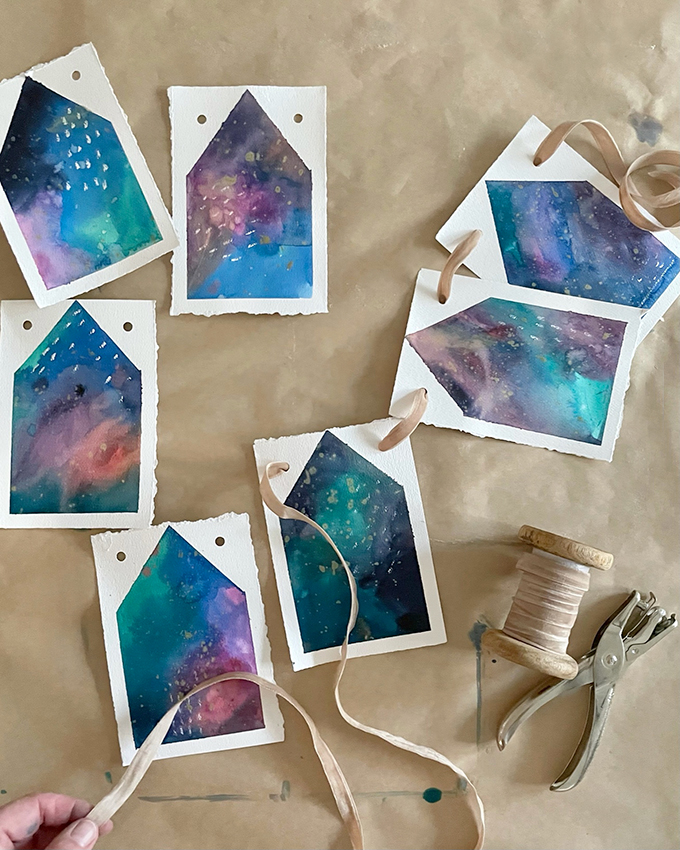
Watercolor House Garland
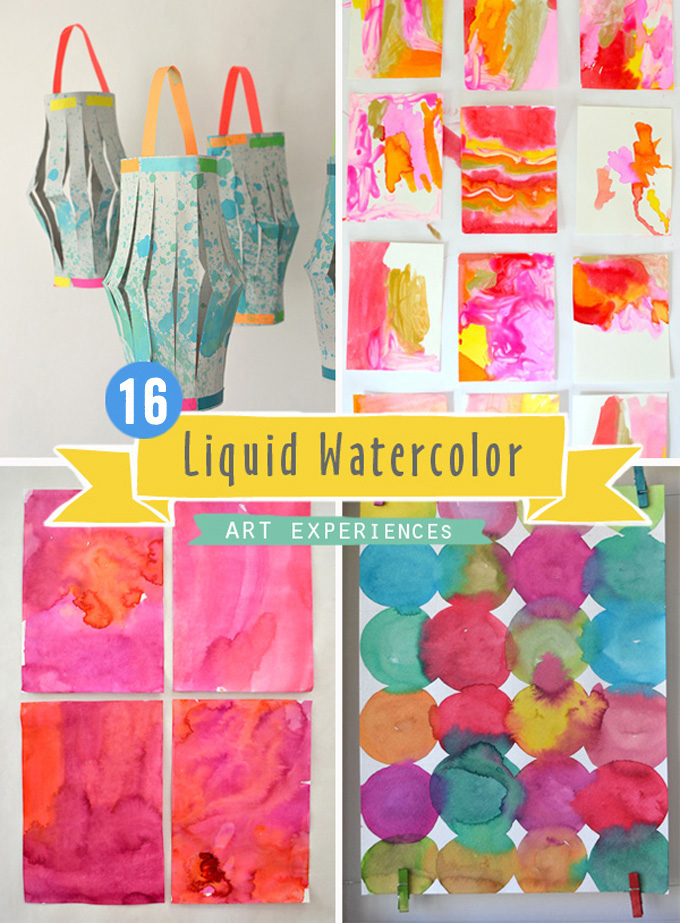
16 Liquid Watercolor Art Ideas
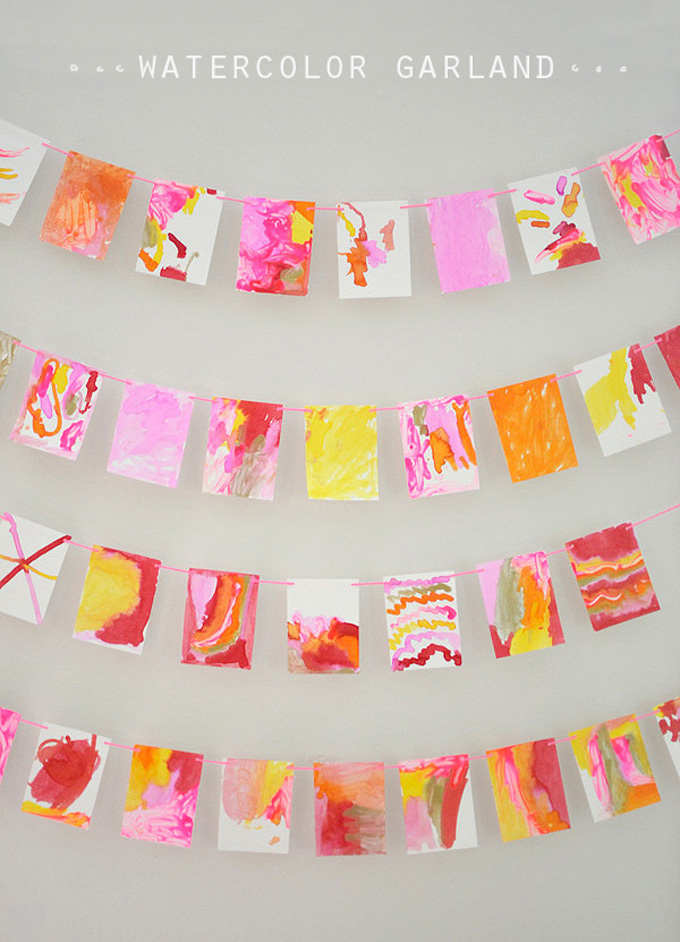
Watercolor Garland painted with Qtips

